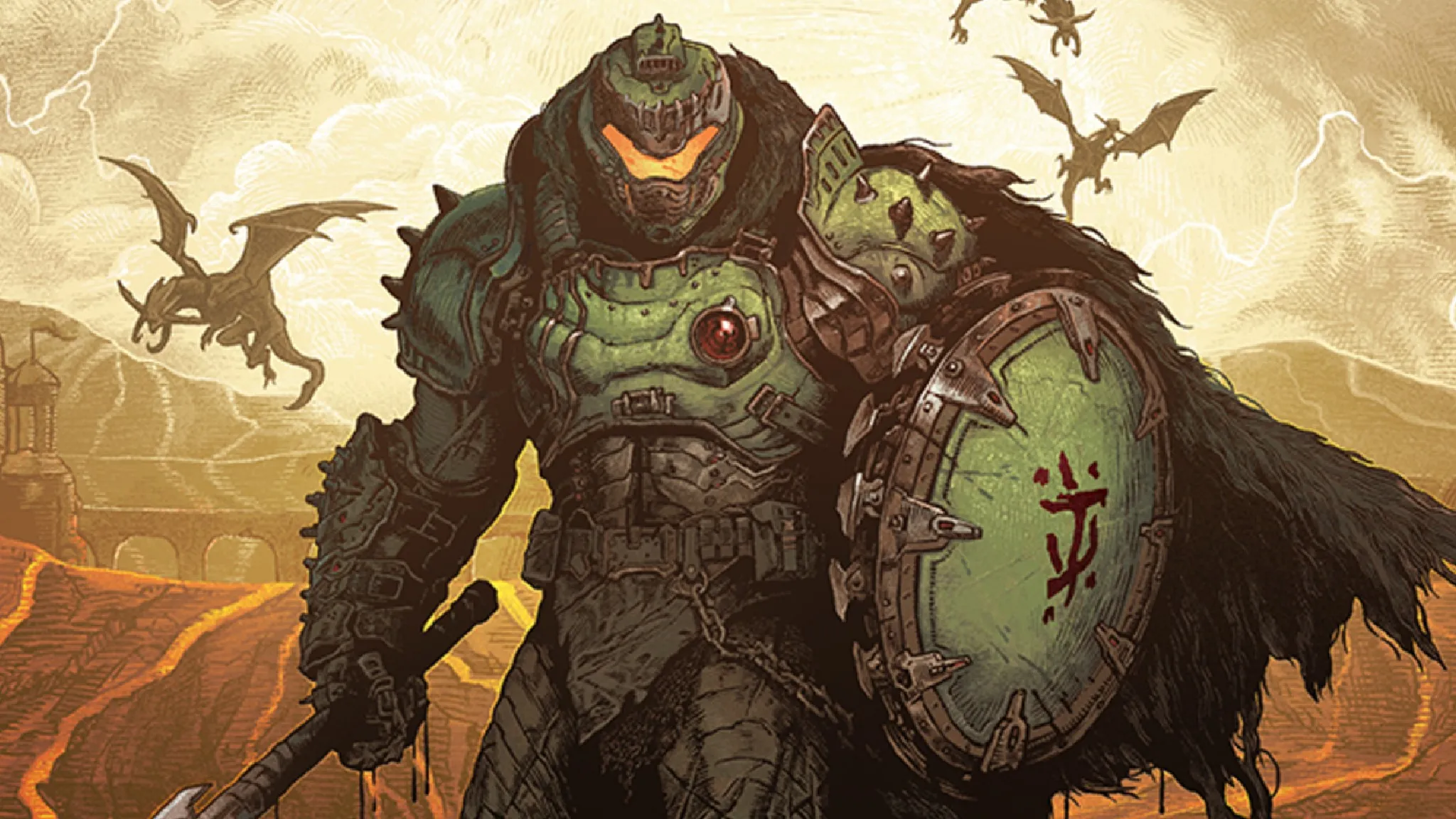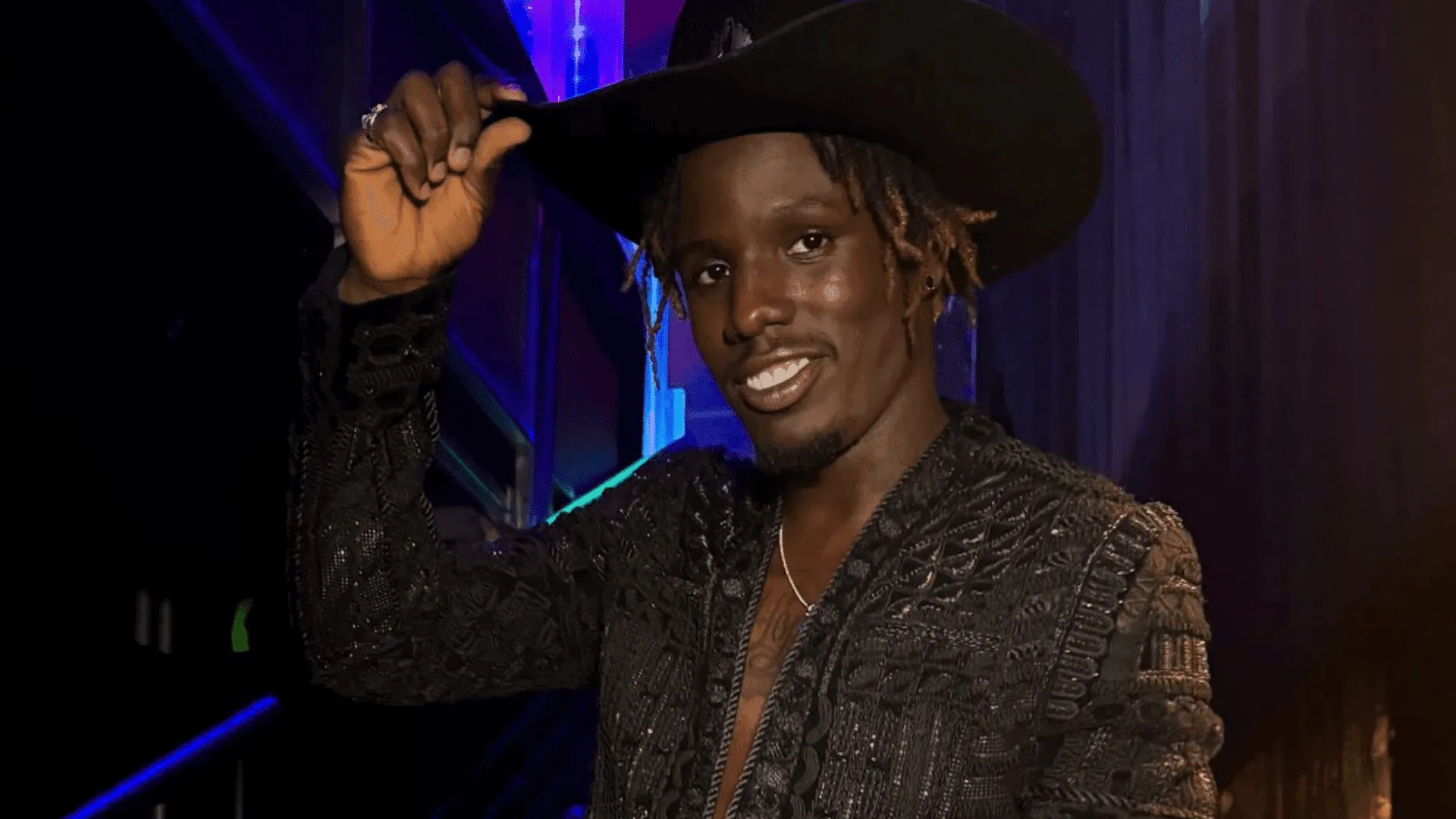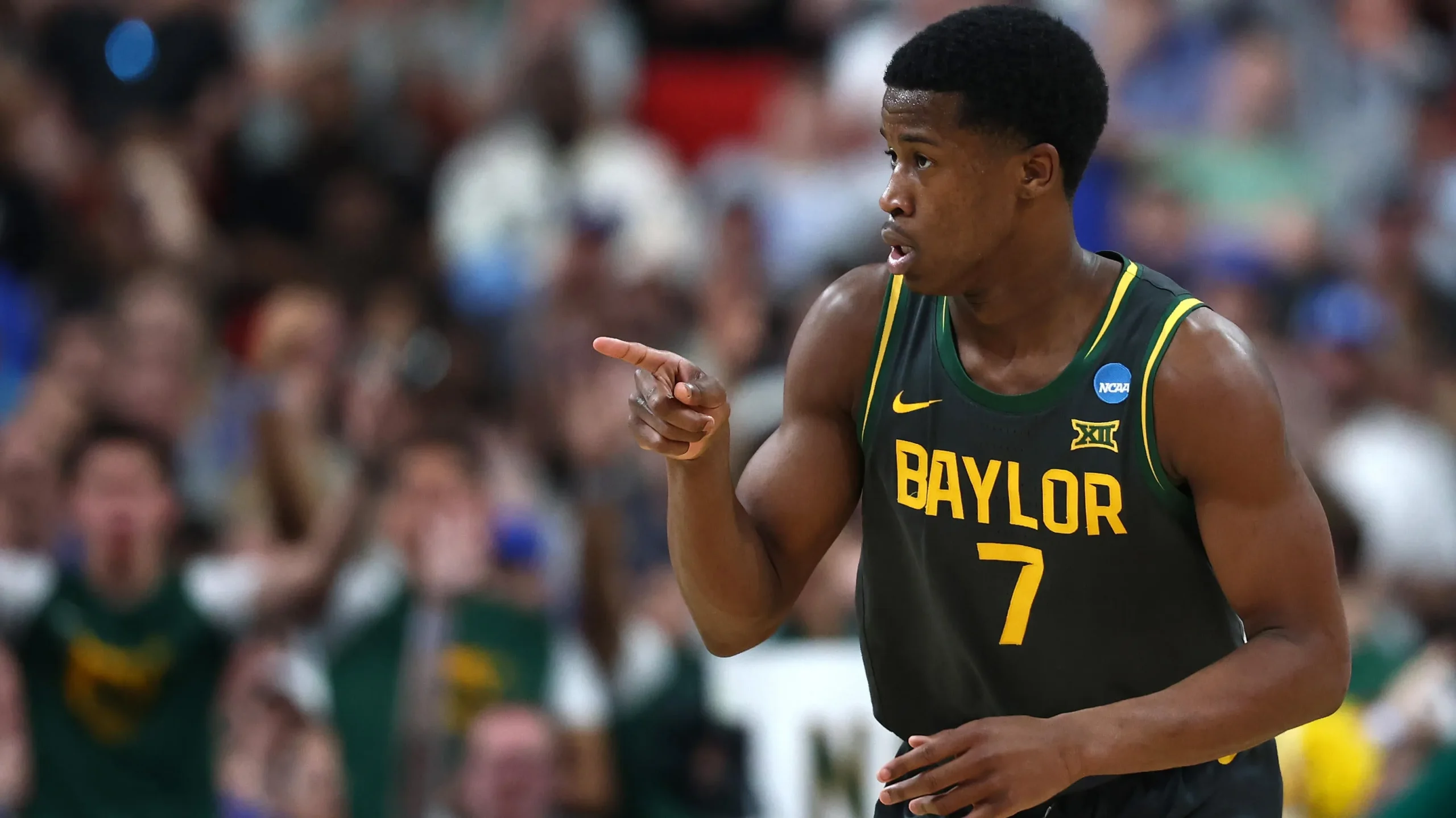UCL Injury Crisis: What Every Athlete Needs to Know Now!
The silent threat lurking in athletic performance is no longer a whisper—it’s a thunderous alarm that demands immediate attention. Ulnar Collateral Ligament (UCL) injuries have emerged as a critical challenge for athletes across multiple sports, particularly in baseball, threatening careers and challenging long-held training paradigms.
The Emerging Epidemic
In recent years, UCL injuries have transformed from a rare occurrence to a widespread phenomenon. Nearly 1 in 4 high school baseball players now experience a UCL injury before graduation, a staggering statistic that reveals a deep-rooted problem in athletic development and training methodologies.
Understanding the Anatomy
The UCL is not just a simple ligament—it’s a complex stabilizing structure in the elbow consisting of three critical bands:
1. Anterior band
2. Posterior band
3. Transverse band
The anterior band plays a pivotal role in maintaining elbow stability, especially during high-intensity throwing motions that place extraordinary stress on this delicate tissue.
The Perfect Storm of Injury Risks
Several interconnected factors are driving this injury crisis:
- Increased Velocity Demands: Modern baseball has seen pitchers consistently throwing fastballs exceeding 100 mph, pushing physiological limits.
- Early Sports Specialization: Young athletes are now dedicating themselves to single sports year-round, dramatically increasing repetitive stress.
- Performance Pressure: Competitive environments often encourage athletes to ignore early warning signs of potential injury.
“Playing through pain is not a badge of honor—it’s a potential career-ending decision.” – Anonymous Sports Medicine Specialist
Recognizing the Warning Signs
Athletes and coaches must be vigilant about potential UCL injury symptoms:
– Persistent inner elbow pain
– Decreased throwing velocity
– Swelling around the elbow joint
– Reduced throwing accuracy
Diagnostic and Treatment Landscape
Modern medicine offers sophisticated approaches to UCL injuries:
- Initial Assessment: Comprehensive physical examinations
- Advanced Imaging: MRI and specialized diagnostic techniques
- Treatment Options:
- Conservative rehabilitation
- Surgical reconstruction (Tommy John surgery)
- Gradual return-to-play protocols
The Rehabilitation Journey
Recovery from UCL injuries is not a sprint but a marathon. Typical rehabilitation can span 9-12 months, requiring:
– Structured physical therapy
– Gradual strength rebuilding
– Biomechanical retraining
– Psychological support
Prevention: The Ultimate Strategy
Preventing UCL injuries requires a holistic approach:
– Implementing strict pitch count regulations
– Encouraging diverse athletic movements
– Prioritizing long-term athlete health over short-term performance
A Call to Action
The UCL injury crisis demands collective responsibility from:
– Athletes
– Coaches
– Parents
– Sports organizations
– Medical professionals
Conclusion
The future of athletic performance lies not in pushing boundaries recklessly, but in understanding and respecting human physiological limits. By embracing comprehensive prevention strategies, we can protect athletes and preserve their incredible potential.
Key Takeaway: UCL injuries are preventable with education, proper training, and a commitment to athlete well-being.
Disclaimer: This article is for informational purposes and should not replace professional medical advice.






Leave a Comment